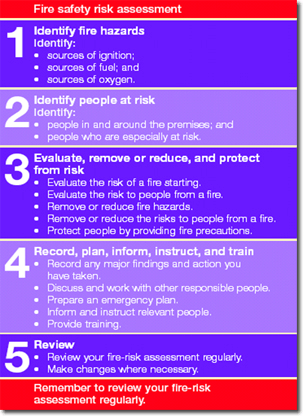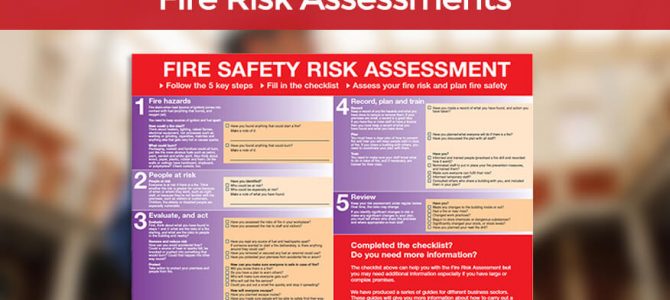Fire risk assessment is a trend in Chester now. Since safety and security are going hand in hand, people prefer to make sure that the apartment they live in or building they have an office is safe from fire. There are qualified and experienced teams helping with these assessments, but what if you wanted to get training for such a thing? Chester has several institutes that offer training on fire risk assessment. If you want to learn, find the right institute that provides advanced risk assessment training in Chester.
1. Using safety equipment
Fire risk assessment is not just about going through a checklist of safety measures that a building should have. It also involves using different fire safety equipment so that you can confirm that if there is a fire, the residents of that building can use these tools. For example, learning how to use a fire extinguisher or a hosepipe to prevent the fire from spreading. Many institutes also train students on how to use sand to stop the fire. This is particularly helpful when there is a fire due to a short circuit, and there’s no fire extinguisher around.
2. Understanding the fire safety standards
It is essential to learn about the Regulatory Reform Order related to fire safety before getting a fire risk assessment in Chester. This will help to understand which safety measures the building has and where the contractors need to improve. Chester has stringent fire safety standards, and you shouldn’t miss out on a single point on the list.
3. Fire risk assessment process in Chester
 Every student must follow the different fire risk assessment processes recommended by Chester’s Home Office and Health and Safety Executive. It is a five-fold process that includes:
Every student must follow the different fire risk assessment processes recommended by Chester’s Home Office and Health and Safety Executive. It is a five-fold process that includes:
- Evaluating the risks, including reducing, controlling, and eliminating the possible reasons that can cause a fire.
- Identifying the different hazards that lead to a fire in buildings and apartments.
- Recording significant findings after the assessment.
- Identifying the people who are at risk.
- Monitoring and reviewing the assessment process so that the contractors get a concise report.
Once you finish your assessment, you need to update the contractor about the possible hazards that still exist in the building. You should give him/her time to make sure he/she fixes the existing problems. Once the contractor confirms that he/she has met all the safety standards, you need to go through another inspection to find out if the changes meet the checklist of the Regulatory Reform Orders.
In addition to providing the fire risk assessment report, you also need to discuss the appropriate evacuation procedure of the respective building. This should include the potential risks of the residents while inside the building and the quickest escape route out of it. The training session will end with a demo of what a fire risk assessment inspector does when he/she is on duty.
The institutes offering fire risk assessment training in Chester provide a thorough explanation of the safety standards. They ultimately help in preventing a lot of fires, thus saving the lives of many.

